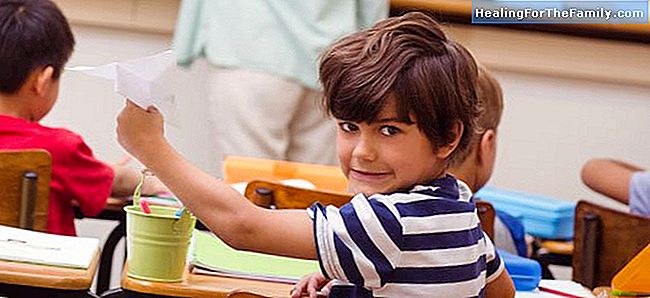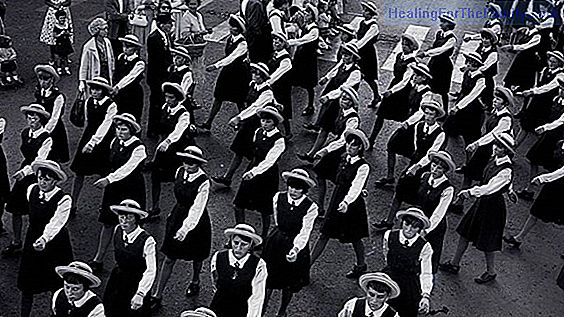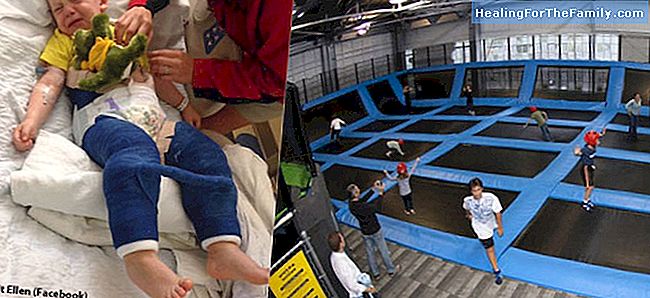Children with good behavior at home and bad at school
Although it seems incredible there are many cases in children have good behavior at home and bad at school. Occasionally, teachers tell us how naughty our children are that do not stop, do not obey and are answered in class. But, on the other hand, when they are at home they are polite and respectfu
Although it seems incredible there are many cases in children have good behavior at home and bad at school. Occasionally, teachers tell us how naughty our children are that do not stop, do not obey and are answered in class. But, on the other hand, when they are at home they are polite and respectful. And it is normal that they can have highs and lows in their behavior, but it will not be when their bad behavior is constant.
Why there are children with good behavior at home and bad at school

The behavior of children can vary depending on the context and the way of relating to their family may not be the same as with other "actors" in other environments.
Children have very good observation skills and they know very well what can be done in each situation and how they can behave with different people and in different contexts. When they modify their behavior according to the circumstances, a conflict with the environment and with those who are in that area is reflected.
This can lead to a situation in which well-behaved children at home have bad behavior at school, descon a disconcerting situation causing parents to try to take immediate action, but the first thing parents and teachers have to do is stop at think, understand the situation and find what are the causes of this duality in the behavior of children. Causes of the child's dual behavior. "Good" at home and "bad" at school.
- Different contexts, different limits.
One of the great reasons why duality can occur is that at home they are too "soft" with limits and norms that are not very strict and that the opposite happens at school: they are strict, demanding or inflexible. It is necessary that in both contexts the limits and the rules are clear so that they are clear that in case of non-compliance there will be consequences for it. Thus, from both environments there must be consistency, consistency and consistency when applying rules and limits to give an adequate result. - Frustration.
When a child feels frustration, that is, he does not get what he wants, he can react in two possible ways: adapting or being aggressive. In relation to the previous point, there are many occasions in school where the child can not do everything he wants at the time he wants. This makes him behave badly as a way of protest and only find rest in situations and contexts of trust like at home. - Lack of necessary attention
. Many times children are accustomed to being the center of attention in their home and when they arrive at school they find that there they are not. The child likes to be interesting and if he does not get it right, he will be doing something bad for the teacher to notice him.- Handling.
The child is increasing his capacity for language and with it the manipulation. The child will learn that if he behaves well he gets "material" things that he wants from his parents and if he does not get it, he will behave badly in contexts in which he has more repercussion to get away with it. What parents can do about the bad behavior of children at school
It is very likely that teachers will contact parents so that they can be sure of their child's behavior at school. Therefore, to reach a solution it is important that:
-
The educator and the parents work together to find a solution and that the child learns to have a good behavior both at home and at school. - There is a
consensus on how the attention received by the child is positive rather than negative . Do not be strict with punishment, screaming or shouting, but when the behavior is correct, it is when attention will be paid.- From both contexts it is co consistent, constant and consistent
.












